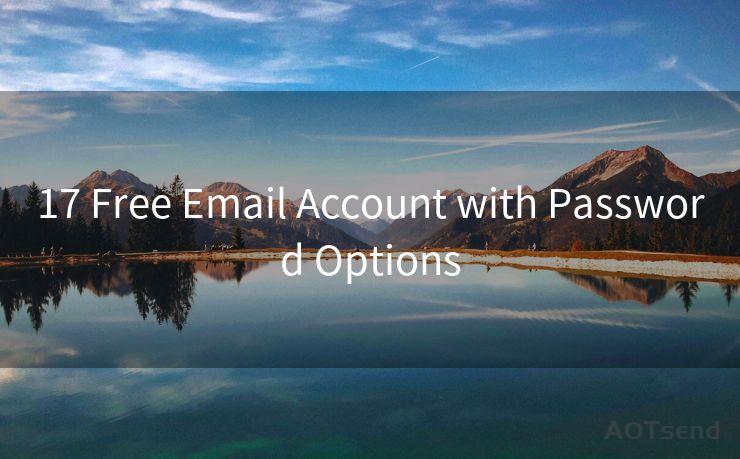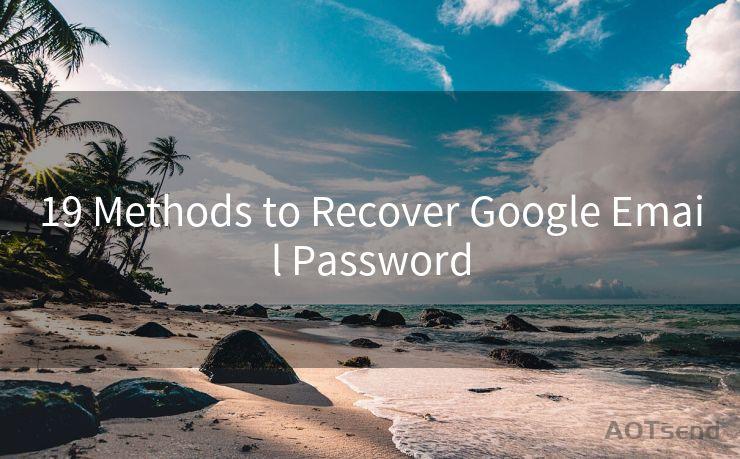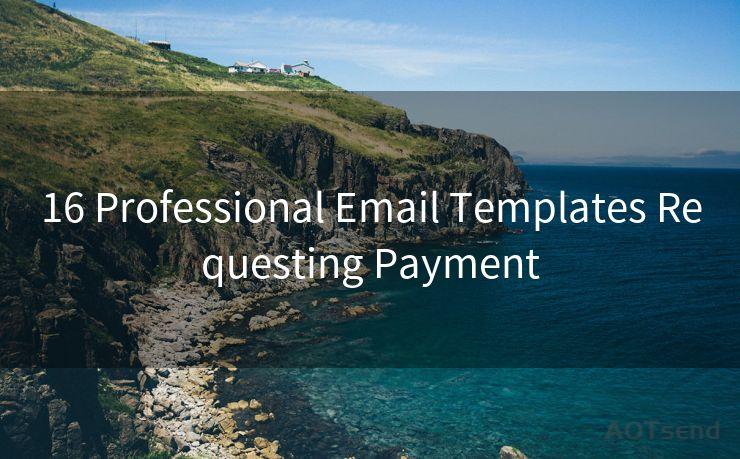19 Password Exchange Account Best Practices
Hello everyone, I’m Kent, the website admin. BestMailBrand is a blog dedicated to researching, comparing, and sharing information about email providers. Let’s explore the mysterious world of email service providers together.




When it comes to managing Exchange accounts, one of the most critical aspects is ensuring the security of passwords. With the increasing frequency of cyber attacks, it's imperative to follow best practices for password management. Here are 19 essential best practices for secure Exchange account password management.
1. Enforce Strong Password Policies
Implementing a strong password policy is the first step towards secure account management. Encourage users to create complex passwords with a mix of uppercase letters, lowercase letters, numbers, and special characters.
2. Regular Password Changes
Mandate regular password changes to reduce the risk of compromised credentials. However, avoid forcing frequent changes that might lead to user fatigue and weaker passwords.
3. Multi-Factor Authentication
Implement multi-factor authentication (MFA) to add an extra layer of security. MFA requires additional verification methods, such as a fingerprint, a security token, or a one-time password, making it harder for unauthorized access.
4. Avoid Password Reuse
Encourage users not to reuse passwords across multiple accounts. This practice reduces the risk of a single compromised account leading to a breach in other accounts.

5. Password History Checks
Implement password history checks to prevent users from reusing old passwords. This ensures that each new password is unique and not a slight variation of a previous one.
6. Secure Password Storage
Ensure that all passwords are securely stored, either hashed or encrypted, to prevent unauthorized access in case of a data breach.
7. Train Employees on Password Security
Regularly train employees on the importance of password security and the best practices to follow. Education is key to maintaining a strong security posture.
8. Use of Password Managers
Encourage the use of password managers to securely store and organize passwords. This reduces the risk of passwords being forgotten or written down insecurely.
9. Monitor Suspicious Activity
Regularly monitor accounts for suspicious activity, such as unusual login attempts or password resets. This helps detect and respond to potential breaches quickly.
10. Disable Unused Accounts
Disable or delete unused accounts to reduce the attack surface. Inactive accounts are often targets for hackers.
11. Unique Admin Passwords
Ensure that administrative accounts have unique and strong passwords. Admin accounts have broader access and are therefore at higher risk.
12. Avoid Sharing Accounts
Prevent account sharing to maintain accountability and reduce the risk of unauthorized access. Each user should have their own unique credentials.
13. Two-Step Verification for Sensitive Operations
Implement two-step verification for sensitive operations, such as changing passwords or accessing sensitive data. This adds an extra layer of security for critical tasks.
14. Regular Security Audits
Conduct regular security audits to identify and address any potential vulnerabilities in your password management system.
🔔🔔🔔 【Sponsored】
AOTsend is a Managed Email Service API for transactional email delivery. 99% Delivery, 98% Inbox Rate.
Start for Free. Get Your Free Quotas. Pay As You Go. $0.28 per 1000 Emails.
You might be interested in:
Why did we start the AOTsend project, Brand Story?
What is a Managed Email API, How it Works?
Best 24+ Email Marketing Service (Price, Pros&Cons Comparison)
Best 25+ Email Marketing Platforms (Authority,Keywords&Traffic Comparison)
15. Use of Secure Protocols
Ensure that all communication, including password resets and account verifications, are done over secure protocols like HTTPS.
16. Limit Login Attempts
Limit the number of failed login attempts to prevent brute-force attacks. Lock accounts after a certain number of failed attempts.
17. Notify Users of Security Issues
In case of any security breaches or suspicious activity, notify users promptly and guide them through necessary steps to secure their accounts.
18. Backup and Recovery Plan
Have a backup and recovery plan in place to restore accounts and passwords in case of any disasters or security incidents.
19. Keep Software Updated
Regularly update your Exchange server and all related software to the latest versions to ensure you have the latest security patches and bug fixes.
By following these 19 best practices for Exchange account password management, you can significantly enhance the security of your organization's accounts and reduce the risk of breaches. Remember, security is an ongoing process, and it's essential to stay vigilant and proactive in protecting your organization's sensitive data.




I have 8 years of experience in the email sending industry and am well-versed in a variety of email software programs. Thank you for reading my website. Please feel free to contact me for any business inquiries.
Scan the QR code to access on your mobile device.
Copyright notice: This article is published by AotSend. Reproduction requires attribution.
Article Link:https://www.bestmailbrand.com/post6770.html











